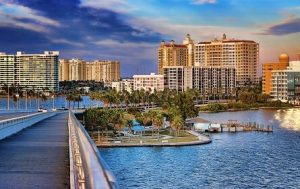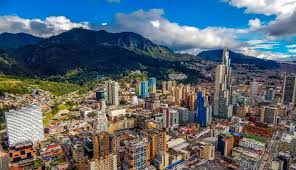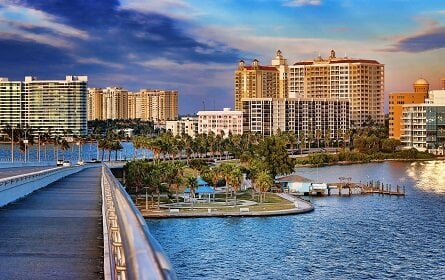Natural disasters are unpredictable and cause great devastation in their wake. Across the globe, some places experience a higher frequency of these disasters due to many factors, such as geographical, climatic, and tectonic conditions. From earthquakes to hurricanes, here are seven regions where natural disasters are alarmingly common.

1. Japan: Earthquake and Tsunamis
One of the most disaster-prone countries in the world is Japan, along the Pacific Ring of Fire. As a result of its location, Japan frequently experiences earthquakes and tsunamis. Each year, there are thousands of tremors, most minor. In 2011, the Tōhoku earthquake and tsunami led to over 15,000 fatalities and the Fukushima nuclear disaster. As reinforcement measures against these disasters, Japan has advanced earthquake-resistant infrastructure and early warning systems.

2. Indonesia: Volcanoes and Earthquakes
Indonesia is also located on the Pacific Ring of Fire. Indonesia is comprised of 17,000 islands, and there are more than 120 active volcanoes in the region. Indonesia also regularly experiences earthquakes. One major earthquake off the coast of Sumatra in 2004 caused a killer tsunami. The tsunami, known as the 2004 Indian Ocean tsunami, resulted in 230,000 fatalities in multiple countries. Indonesia is a disaster-prone region because of its dense population and geographical vulnerability.

3. United States: Hurricanes and Tornadoes
Many different natural disasters affect different areas in the United States. While California experiences many wildfires that displace residents, coastal states like Florida, Louisiana, and Texas are often struck by devasting hurricanes. Hurricane Katrina in 2005 was one of the most devasting natural disasters. The country also experiences many tornadoes in the Midwest, where the warm Gulf air collides with the cool Arctic air, known as Tornado Alley.

4. Philipines: Typhoons and Flooding
Next on the list of places where natural disasters commonly occur is the Philippines. The Philippines is situated in the western Pacific Ocean, and it typically experiences around 20 typhoons each year. One of the most devasting typhoons to hit the country was Typhoon Haiyan in 2013. This natural disaster claimed over 6,000 lives. The Philippines is also prone to earthquakes and volcanic eruptions due to its location along the tectonic boundaries.

5. China: A Variety of Natural Hazards
Many natural disasters hit China, including earthquakes, floods, and typhoons. The country is prone to natural disasters due to its vast size and diverse geography. In the mountainous regions, the country experiences landslides, and there are regular occurrences of flooding along the Yangtze River. In 2008, Sichuan experienced a strong earthquake that killed thousands of people.

6. Colombia: Landslides and Flooding
Also on the list of places where natural disasters commonly occur is Colombia, which is prone to natural disasters like landslides, flooding, and volcanic eruptions. This is due to the rugged Andean terrain and tropical climate. Landslides are frequently caused by heavy rainfall in the region. Flooding occurs due to the Magdalena River and its tributaries frequently overflowing. Additionally, there are devastating eruptions from Colombia’s Nevado del Ruiz volcano. In 1985, there was an explosion that claimed lives in Armero.

7. Turkey: A Seismic Hotspot
Turkey is prone to earthquakes because it is located along the North Anatolian Fault, one of the most active earthquake zones globally. Turkey is situated between the Eurasian and Anatolian tectonic plates. The county has experienced alarming earthquakes, including the 1999 İzmit earthquake.
Why Are These Places Hotspots for Natural Disasters
These different places are vulnerable to natural disasters due to a combination of factors that include their geographic location and climatic conditions. The regions listed above are all affected by their proximity to tectonic plate boundaries, oceanic paths, or volcanic zones. If places prone to natural disasters lack adequate infrastructure and disaster management systems, they will suffer the brunt of these natural disasters.

